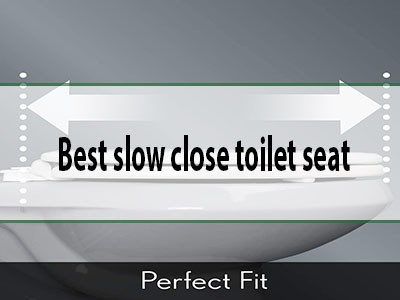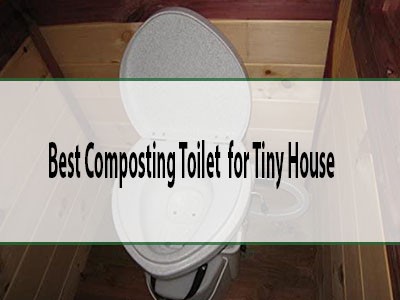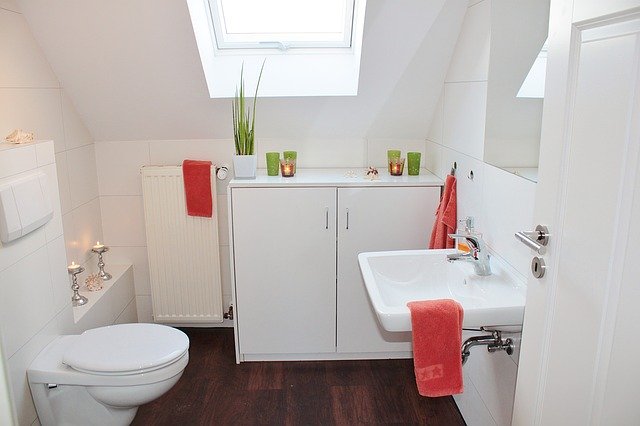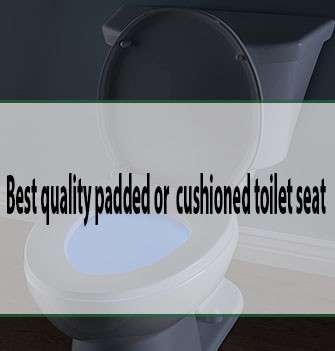Have you ever wondered how much water swirls away with each flush of your toilet? It’s a simple action we do every day, yet the impact on water usage is often overlooked.
As you strive for a more eco-friendly lifestyle or simply aim to save on utility bills, understanding this daily water consumption can be eye-opening. This isn’t just about numbers; it’s about making smarter choices for your home and the environment.
With a few insights, you could not only conserve a precious resource but also lead the way in sustainable living. Stick with us as we dive into the details and reveal how you can make a difference with every flush.
Table of Contents
Toilet Water Usage Basics
Toilets use water for flushing waste. A standard toilet uses about 1.6 gallons per flush. Older models might use more, up to 5 gallons. Water-saving toilets use less water, around 1.28 gallons. This helps save water and money. Flushing more often uses more water.
Dual-flush toilets offer two options. One is for liquid waste, using less water. The other is for solid waste, using more water. This feature helps reduce water usage. Choosing a toilet wisely can help the environment. It can also lower your water bill.
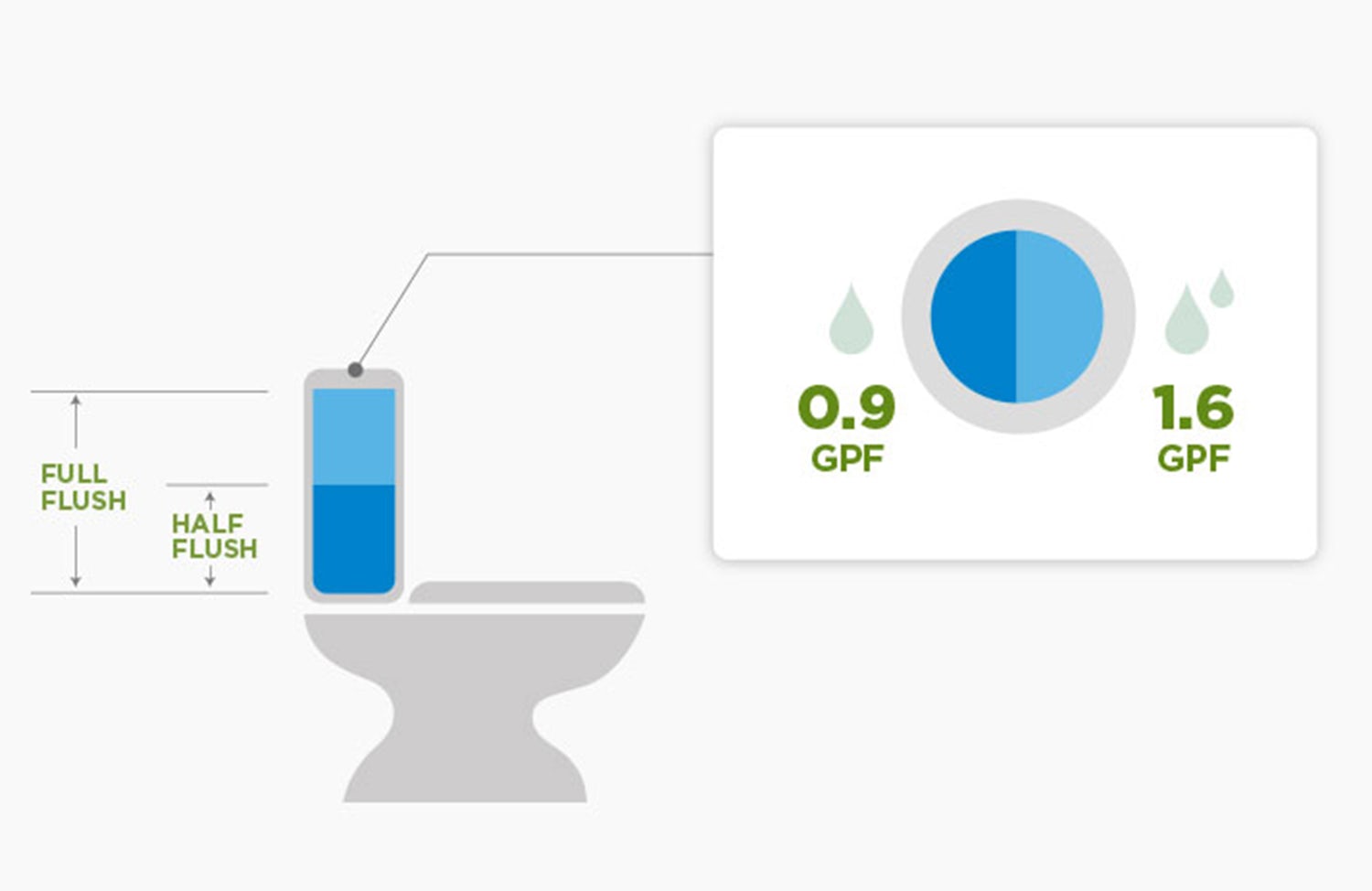
Credit: architizer.com
Factors Influencing Water Usage
Toilet design affects water usage a lot. Older toilets use more water. New toilets use less. Dual-flush toilets can save water. You can choose a small or big flush. It’s important to pick the right design. This helps save water and money.
Different flush mechanisms use different water amounts. Gravity flush toilets are common. They use water’s weight to flush. Pressure-assist toilets are strong. They use air pressure to flush. These use less water. It’s wise to know your flush type. This can help in making smart choices.
Water pressure also affects flush efficiency. High pressure means strong flush. Low pressure might need more water. It’s good to check your home’s water pressure. This can help toilets work better. Proper pressure saves water and ensures clean flushes.
Standard Toilet Water Consumption
Standard toilets use a lot of water. Older toilets use more than new ones. Older models can use up to 7 gallons per flush. That’s a lot of water! Modern toilets are better. They use less water. New ones use around 1.6 gallons per flush. This saves water and money. Efficient models use even less. Some use only 1.28 gallons. They help save the planet.
Dual flush toilets are smart. They have two buttons. One is for liquids. It uses less water. The other is for solids. It uses more water. This way, you only use what you need. Saving water is important. It helps the Earth. It also saves money on bills. Choose a toilet that uses less. It’s good for everyone.
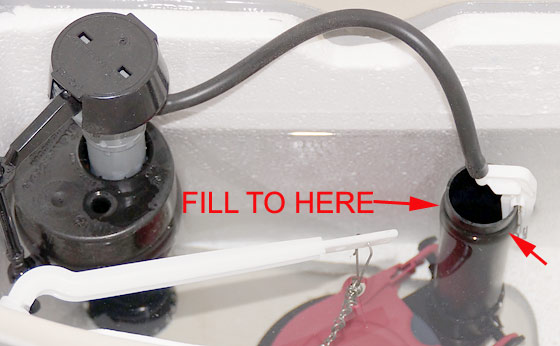
Credit: modernsurvivalblog.com
High-efficiency Toilets
Dual-flush toilets help save water. They have two buttons. One for small flushes, using about 0.8 gallons. The other for big flushes, using about 1.6 gallons. They are a smart choice. Save water and money. Environment friendly too. Many homes use them now.
Low-flow toilets use less water. They use about 1.28 gallons per flush. Much less than old toilets. Old ones use more than 3 gallons. Low-flow models are popular. Good for the planet. Save water with each flush.
Environmental Impact
Flushing toilets use a lot of water. Older toilets use 3 to 7 gallons per flush. Newer models use 1.28 gallons. Think about all the water in a day. Many people flush multiple times daily. That’s a lot of water. Using less water helps the environment.
Water scarcity is a big problem. Using less water can help save resources. New toilets are more efficient. They help reduce water use. Saving water helps protect our planet. It’s important to be mindful of water usage.

Credit: www.eastbaytimes.com
Water Conservation Tips
Efficient toilets use less water per flush. This helps save water. Consider toilets with dual-flush options. These allow you to choose how much water to use. They use less water for liquid waste. More water is used for solid waste. Low-flow toilets are another good choice. They use less water than older models. Saving water saves money too.
A leaking toilet wastes a lot of water. Check for leaks regularly. Do this by adding food coloring to the tank. If the color appears in the bowl, there is a leak. Fix leaks quickly to save water. Keep the toilet clean to avoid clogs. Clogs can cause more water use.
Only flush when necessary. Avoid using the toilet as a trash can. This saves water. Encourage family members to do the same. Teach kids about water conservation. Every small action helps. Remember, saving water is important for everyone.
Innovative Toilet Technologies
Exploring toilet technologies reveals varied water usage in flush systems. Modern toilets often need 1. 6 gallons per flush. Older models might use up to 7 gallons, impacting water conservation efforts.
Vacuum-assisted Systems
Vacuum-assisted toilets use less water. These systems create a suction effect. The water needed is much lower than traditional toilets. Some models use as little as 0.5 gallons per flush. This saves a lot of water over time. They are often found on airplanes and ships. This technology is great for saving water.
Composting Toilets
Composting toilets don’t use water at all. They turn waste into compost. This is good for the environment. Waste breaks down with the help of bacteria. The end product is safe to use in gardens. These toilets are ideal for remote areas. They are also popular in eco-friendly homes. No water means big savings.
Frequently Asked Questions
How Much Water Does A Toilet Flush Use?
A standard toilet flush uses about 1. 6 gallons of water. Older models may use up to 3. 5 gallons per flush. Modern toilets are designed to be more efficient, conserving water while maintaining effective flushing. Consider upgrading to a low-flow toilet to save water and reduce utility costs.
Can Low-flow Toilets Flush Effectively?
Yes, low-flow toilets are designed to use less water efficiently. They often use 1. 28 gallons per flush or less. Advanced technology ensures effective waste removal while conserving water. Many users find them just as effective as traditional toilets, with significant water savings.
Why Do Toilet Flushes Vary In Water Usage?
Toilet flushes vary due to design and age differences. Older toilets typically use more water, up to 5 gallons per flush. Modern models are designed to be more water-efficient, using around 1. 6 gallons or less. Innovations in toilet technology contribute to these variations.
What Factors Affect Toilet Water Consumption?
Toilet water consumption is affected by the toilet’s design, age, and flushing mechanism. Older models generally use more water. Newer, water-efficient toilets use advanced technology to reduce water usage. Upgrading to a modern toilet can significantly decrease household water consumption.
Conclusion
Understanding toilet water usage is crucial for conserving resources. Every flush counts. Using efficient toilets saves water and money. Old models use more water. Consider upgrading to newer, eco-friendly options. They use less water per flush. This change benefits the environment.
It also reduces utility bills. A small step with big impact. Educate your household about mindful flushing. Awareness leads to better habits. Water conservation starts at home. Every drop saved makes a difference. Embrace sustainable practices for a better future.
Simple choices today shape a greener tomorrow. Make water-wise decisions daily. Your actions matter.



